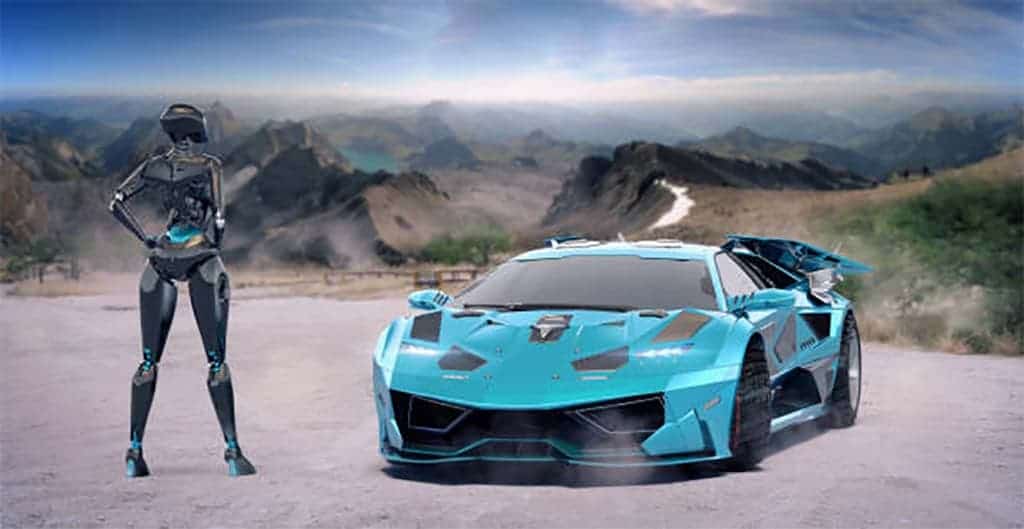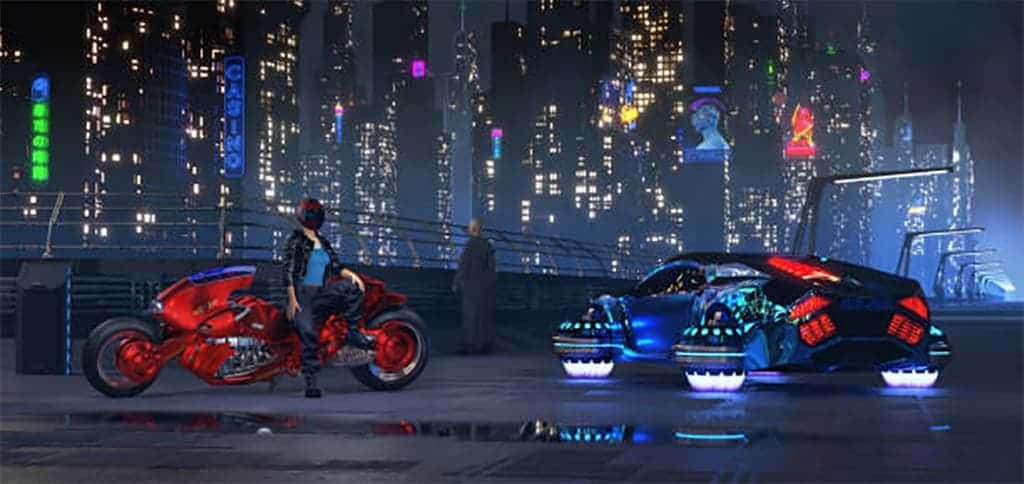Video games have evolved over the years, transitioning from simple pixelated graphics to advanced and realistic renditions. One of the areas where this evolution is most evident is in the depiction of cars. The integration of real car models in video games dates back to the early days of gaming. This collaborative effort between the automotive industry and game developers provides players with a profound connection to the virtual world. Instead of driving fictional vehicles, players can hop into lifelike versions of cars they see on the road every day or those they dream of owning. Such a blend of reality with the virtual realm delivers a unique gaming experience, combining the thrill of gaming with the passion for automobiles.
The Process of Digitizing Real Cars for Games
When we marvel at the detailed design of a real car model in a video game, rarely do we consider the intricacies and complexities that go into achieving such a feat. The initial step involves an extensive scanning process. High-resolution cameras combined with advanced 3D imaging techniques meticulously capture every curve, edge, and texture of the car. After obtaining the raw digital form, it undergoes a series of refinements. Game developers, equipped with sophisticated software, fine-tune this model, ensuring it doesn’t just look real, but behaves realistically within the game’s physics engine. For enthusiasts, it’s not just about the outer appearance. They crave authentic details. For instance, if one dives deep into the specifications of some of these virtual cars, they might come across intricate engine specifics. In this context, also read about the correct firing order for Honda 3.5. Such depth showcases the lengths developers go to in order to replicate reality.

Impact on Authenticity and Gaming Experience
The inclusion of authentic car models is not just an aesthetic choice; it’s a nod to the essence of realism in modern gaming. By featuring vehicles that players can instantly recognize, a deeper connection is forged between the player and the game. This sense of familiarity amplifies immersion, allowing players to feel the weight of the car as they corner tight bends or hear the roar of an engine they’ve dreamt of starting up in real life. Beyond the mere thrill of recognizing famous brands and models, there’s a psychological element at play. When players can virtually interact with their favorite or aspirational cars, the gameplay transforms from mere entertainment to an authentic experience. A game that captures the heart and soul of a genuine vehicle, right down to its performance and quirks, promises a gaming session that resonates with emotion and passion.
Legal Aspects Concerning Real Car Brands in Games
Venturing into the world of real car models in video games isn’t merely about design and mechanics. There’s a complex labyrinth of legalities to navigate. Game developers can’t just whimsically integrate any real car model they fancy. Real cars have brands, histories, and most importantly, copyrights. When a player recognizes a Porsche or a Lamborghini on their screen, it’s not just because of a visual likeness; it’s a brand representation with legal protections. As such, licensing becomes paramount. This process involves extensive negotiations between game developers and car manufacturers. Some brands, recognizing the vast marketing potential video games offer, are eager to jump aboard. They see it as a platform to connect with a younger, tech-savvy audience. On the other hand, there’s also a mutual understanding that these car representations must be accurate and favorable, ensuring brand image is upheld. Thus, navigating the legal terrain becomes as crucial as getting the car’s design right.
Future Trends and Possibilities
The horizon of real car modeling in video games is vast and filled with potential. With technological advancements skyrocketing, the gap between reality and virtual representation continues to diminish. Consider the rise of Virtual Reality and Augmented Reality. In the near future, players might not just drive their dream cars but could virtually feel the leather seats, operate the dashboard, and experience the panoramic view from the sunroof, all from their living rooms. There’s also the ever-evolving domain of AI. Imagine a game where the car learns from your driving habits, providing a tailored driving experience every time you play. Additionally, exclusive partnerships might emerge, where new car models are launched in a game environment before hitting the real roads, offering players a first-hand experience even before the car enthusiasts of the real world.
Conclusion
Real car models in video games have transformed the landscape of digital entertainment. It’s no longer just about escapism or fantasy; it’s about blending the line between what’s real and what’s virtual, creating experiences that are both thrilling and authentic. Such innovations demonstrate the boundless potential of collaborations between seemingly disparate industries. As we stand on the cusp of this ever-evolving frontier, it becomes evident that video games will continue to be a vital medium for brands, experiences, and innovations. They are not just pastime activities; they are windows to experiences, both real and imagined, merging seamlessly in a digital dance.
